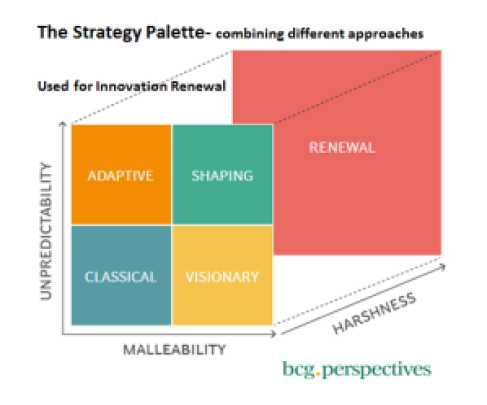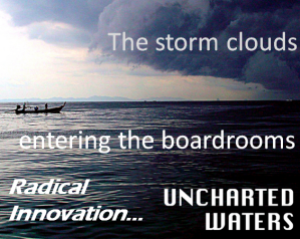 I received an early New Year present, actually, it came from Siemens. They had invited me to their Siemens Innovation Day in mid-December 2017. I really appreciated it, yet it took me time to absorb all that was provided, over these past two weeks.
I received an early New Year present, actually, it came from Siemens. They had invited me to their Siemens Innovation Day in mid-December 2017. I really appreciated it, yet it took me time to absorb all that was provided, over these past two weeks.
My early present, well actually an idea, came the day before the event. I was included in the Industry Analysts visit to the Siemens Technology Center, at Neuperlach in Munich. We were provided a variety of insights in different presentations and demonstrations, of the technology they are working upon but one stood out for me, being introduced to Knowledge Graphs.
This one ‘thing’ really caught my attention. It was showcased in the technology center, briefly, as part of a broader set of presentations. It immediately struck me as having the potential to be very vital for the connected innovation I see, as our future. These few insights set me off on a new train of thought and I scribbled down some hasty notes while listening to this concept. I then was able to review this a little more after the brief presentation. I then started to research on (Industrial) Knowledge Graphs for the initial depth of understanding I was seeking. Continue reading “As we enter 2018 we will need Knowledge Graphs”








